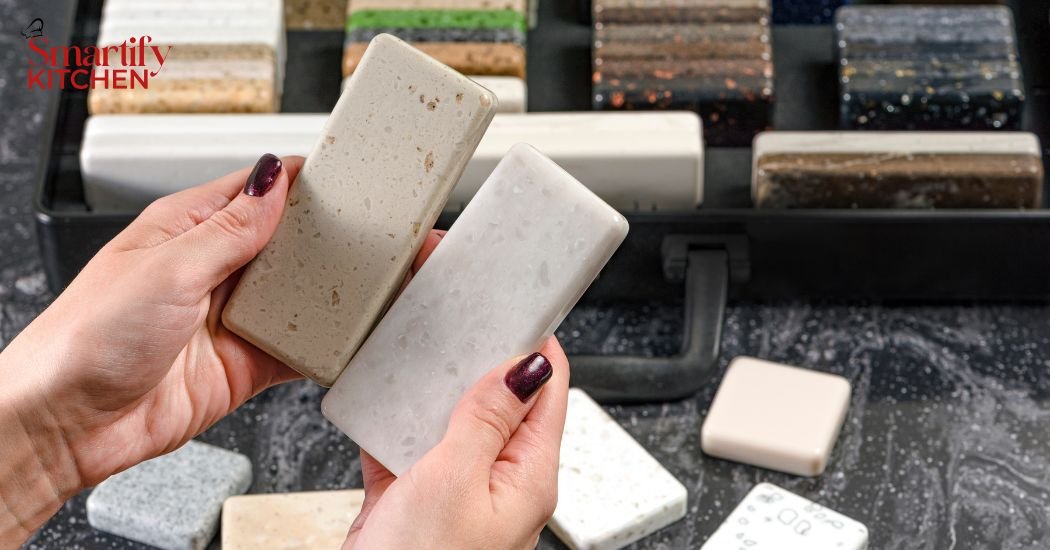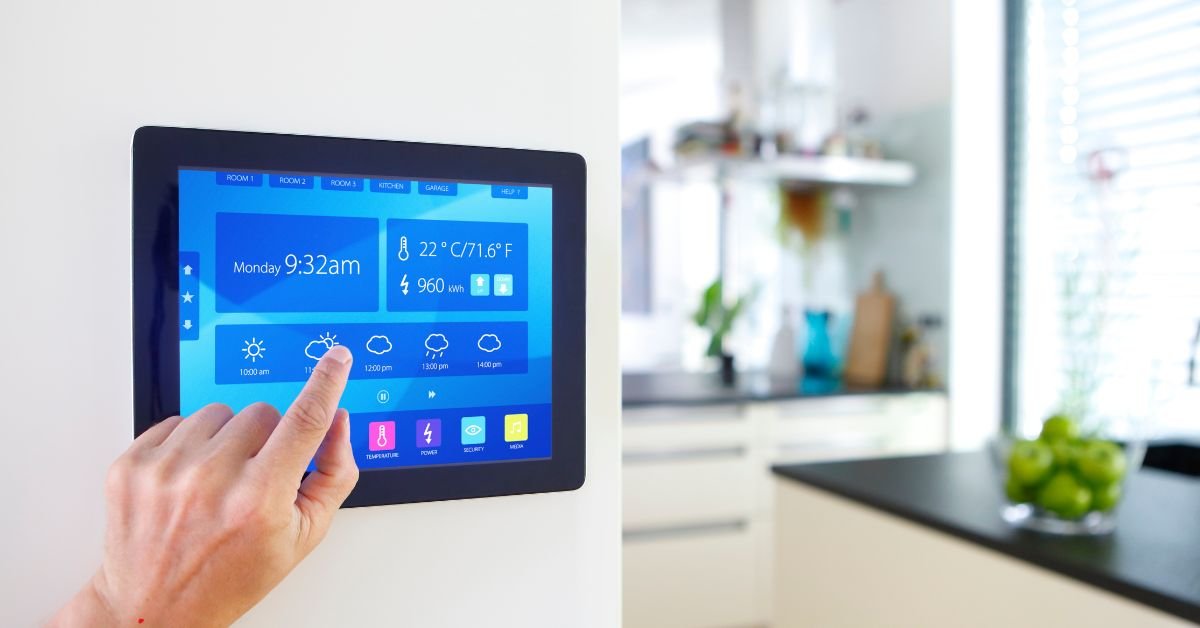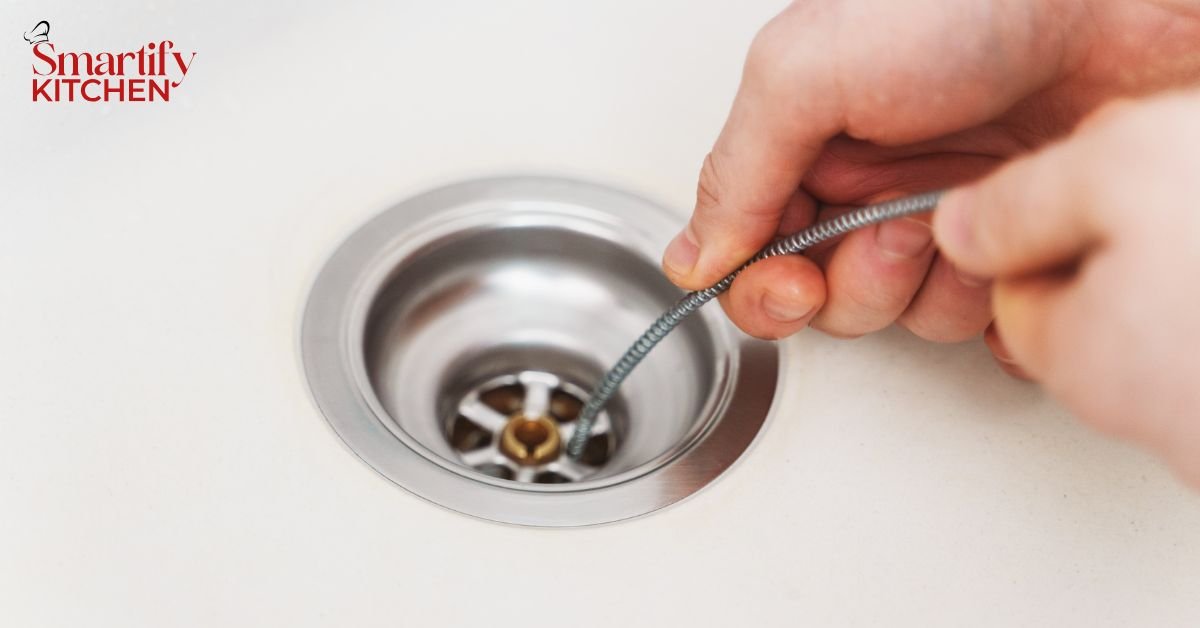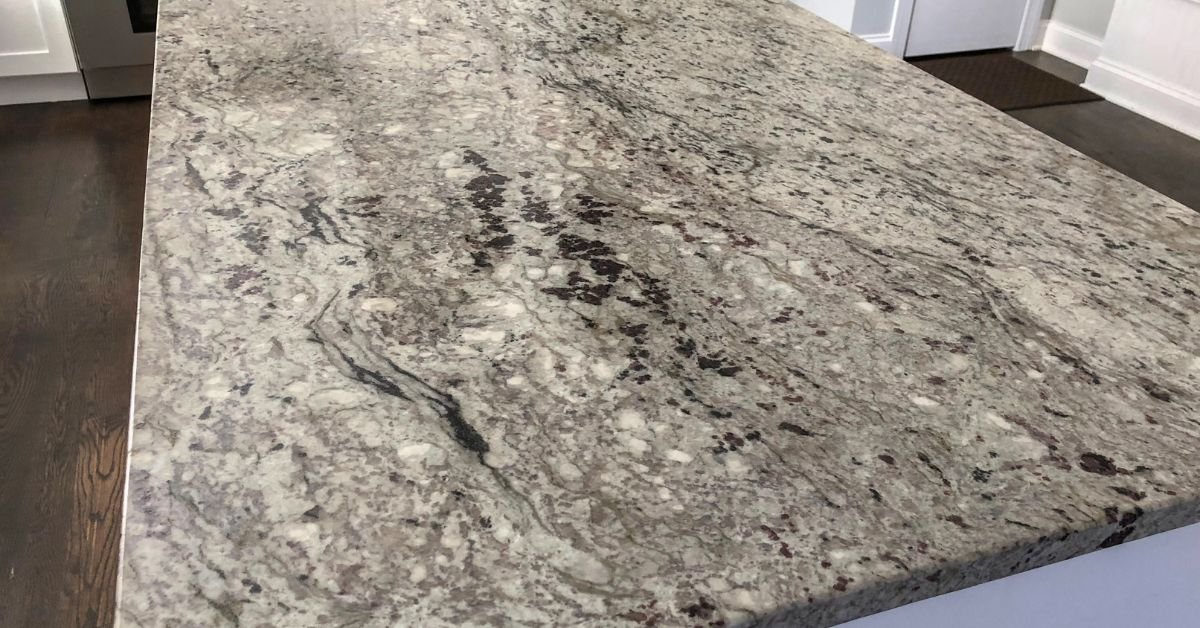How To Create A Smart Kitchen Checklist
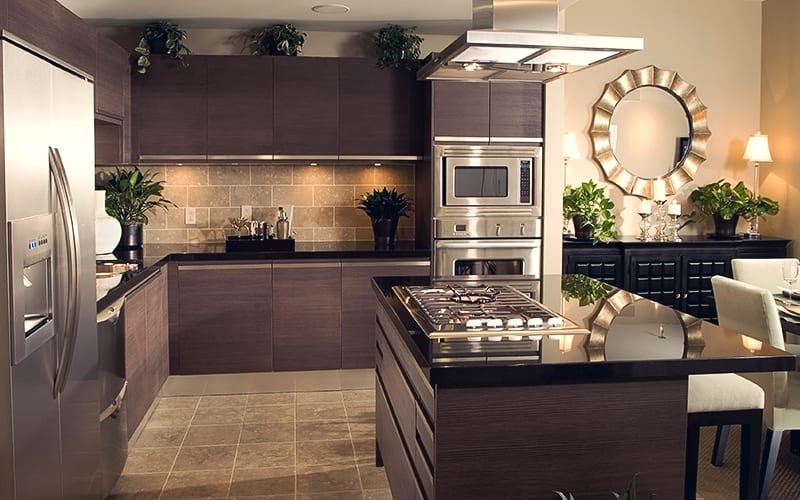
Creating a smart kitchen is an exciting venture that can transform the way you cook, clean, and manage your household. With the rapid advancement of technology, there are numerous gadgets and appliances designed to make your kitchen more efficient, convenient, and enjoyable.
However, with so many options available, it’s essential to have a well-thought-out plan. This guide provides a comprehensive How To Create A Smart Kitchen Checklist to help you navigate the process of creating a smart kitchen, ensuring that you consider all the critical aspects from needs assessment to future-proofing.
A smart kitchen integrates advanced technology into the traditional cooking space, offering enhanced convenience, safety, and efficiency. Smart appliances and devices can communicate with each other and be controlled remotely, often through a centralized app or voice assistant.
This connectivity not only simplifies daily tasks but also optimizes energy use and improves the overall cooking experience. The purpose of this checklist is to provide a structured approach to setting up your smart kitchen, helping you make informed decisions and create a cohesive system that fits your needs.
How To Create A Smart Kitchen Checklist – Essential Guide
Let’s Explore the tips.
1. Assess Your Needs and Goals

The first step in creating a smart kitchen is to assess your needs and define your goals. Every household is different, and your smart kitchen should cater to your specific lifestyle and preferences.
- Identify Cooking Habits and Lifestyle: Consider how you currently use your kitchen. Do you frequently cook elaborate meals, or do you prefer quick and easy recipes? Are you a coffee enthusiast or a baking aficionado? Understanding your cooking habits will help you determine which smart appliances and gadgets are essential.
- Determine Key Objectives: What are you hoping to achieve with your smart kitchen? Common goals include improving convenience, enhancing cooking precision, saving energy, and increasing safety. Prioritizing these objectives will guide your decisions throughout the process.
Evaluate the Current Kitchen Setup
Before purchasing new smart devices, take stock of your existing kitchen setup. This step involves evaluating your current appliances, gadgets, and layout.
- Inventory of Existing Appliances and Gadgets: Make a list of the appliances and gadgets you already have. Note which ones are due for an upgrade and which can potentially be integrated into your smart kitchen ecosystem.
- Identify Areas for Improvement or Replacement: Consider what aspects of your kitchen could benefit from smart technology. For example, if you often forget to preheat the oven, a smart oven with remote control capabilities could be a valuable addition. Similarly, if you’re concerned about energy consumption, replacing old appliances with energy-efficient smart versions could be beneficial.
Research and Choose Smart Appliances
Once you’ve assessed your needs and evaluated your current setup, it’s time to research and select the smart appliances and gadgets that will make up your new kitchen.
- Major Appliances:
- Smart Refrigerator: Look for features like built-in cameras, touchscreens, and inventory management. Some smart refrigerators can suggest recipes based on the ingredients you have.
- Smart Oven and Cooktop: Consider appliances that offer remote control, voice activation, and automated cooking settings. Some smart ovens come with recipe apps that guide you through the cooking process.
- Smart Dishwasher: A smart dishwasher can offer energy-efficient cycles, smartphone notifications, and even self-cleaning features.
- Small Appliances and Gadgets:
- Smart Coffee Maker: Perfect for coffee enthusiasts, smart coffee makers can be programmed to brew your favourite coffee at a specific time or controlled remotely via an app.
- Smart Microwave: Features like sensor cooking, voice control, and remote operation make smart microwaves a convenient addition.
- Smart Cooking Gadgets: Devices like smart thermometers, sous vide machines, and smart scales can help you achieve precise cooking results.
Connectivity and Integration
For a cohesive smart kitchen, it’s crucial to consider how your devices will connect and communicate with each other.
- Importance of Strong Wi-Fi and Network Setup: A reliable Wi-Fi network is essential for the smooth operation of smart devices. Ensure your kitchen area has a strong signal, and consider investing in Wi-Fi extenders or a mesh network system if necessary.
- Centralized Control Systems (Smart Hubs, Apps): Choose a centralized control system that can manage all your smart kitchen devices. This could be a smart hub like Amazon Echo or Google Nest Hub or a smartphone app that integrates with multiple devices.
- Compatibility with Existing Smart Home Devices: If you already have a smart home setup, ensure that your new kitchen devices are compatible with your existing ecosystem. This will allow for seamless integration and control.
Energy Efficiency and Sustainability
Smart kitchens are not only about convenience but also about making environmentally conscious choices.
- Selecting Energy-Efficient Smart Appliances: Many smart appliances are designed with energy efficiency in mind. Look for Energy Star-rated devices and features like eco-mode settings that reduce power consumption.
- Implementing Smart Lighting and Climate Control: Smart lighting systems can automatically adjust based on the time of day or your presence in the kitchen, reducing energy waste. Similarly, smart thermostats can optimize the temperature in your kitchen, especially during cooking.
- Eco-Friendly Practices and Tools: Consider tools like smart plugs that can turn off appliances when they’re not in use. Additionally, smart faucets can help conserve water by automatically shutting off when not needed.
Safety and Security Features
Safety should be a top priority in any kitchen, and smart technology offers several solutions to enhance it.
- Smart Smoke and Carbon Monoxide Detectors: These devices can send alerts to your phone in case of an emergency, ensuring you’re aware of potential hazards even when you’re not at home.
- Smart Cameras and Security Systems: Installing smart cameras in and around your kitchen can help monitor activities and ensure safety, especially useful if you have children or pets.
- Child Safety Features (Smart Locks, App Controls): If you have young children, consider smart locks for cabinets containing dangerous items and app controls that prevent them from operating appliances.
Enhancing Convenience and Usability
One of the primary benefits of a smart kitchen is the convenience it offers.
- Voice Control and Smart Assistants: Integrating voice assistants like Amazon Alexa, Google Assistant, or Apple Siri can make your kitchen tasks hands-free. You can set timers, control appliances, and even ask for recipe recommendations.
- Remote Monitoring and Control via Apps: The ability to control and monitor your kitchen appliances remotely adds a layer of convenience. Whether you’re preheating the oven on your way home or checking if you left the stove on, these features provide peace of mind.
- Customization and User Profiles: Many smart appliances allow for customization based on user profiles. For instance, a smart coffee maker can brew different types of coffee for different family members based on their preferences.
Also Read: How to Connect Smart Kitchen Appliances to Wi-Fi
Planning and Budgeting
It’s easy to get carried away with all the exciting smart kitchen gadgets available, but it’s important to plan and budget carefully.
- Setting a Budget for Smart Kitchen Upgrades: Start by setting a realistic budget for your smart kitchen project. Consider both the cost of new appliances and any additional expenses like installation or network upgrades.
- Prioritizing Essential Items: Based on your needs assessment and goals, prioritize the items that will have the most significant impact. This will help you allocate your budget effectively.
- Considering Long-Term Value and Potential Upgrades: While some smart devices may have a higher upfront cost, they can save you money in the long run through energy savings and increased convenience. Consider the long-term value when making your choices.
Installation and Setup
After purchasing your smart kitchen devices, the next step is installation and setup.
- DIY vs. Professional Installation: Some devices, like smart lights or plugs, are easy to install yourself. However, for major appliances like smart ovens or dishwashers, professional installation is often recommended.
- Configuring Devices and Apps: Follow the manufacturer’s instructions to set up and configure your devices. This usually involves connecting to your Wi-Fi network and downloading a control app.
- Testing and Troubleshooting: Once everything is set up, test each device to ensure it’s working correctly. Familiarize yourself with troubleshooting steps in case issues arise.
Maintenance and Updates
Maintaining your smart kitchen involves regular updates and care.
- Regular Software and Firmware Updates: Smart devices often receive updates that enhance functionality or security. Ensure your devices are set to receive automatic updates or check for updates regularly.
- Routine Maintenance and Cleaning: Like any kitchen appliance, smart devices require regular maintenance. Follow the manufacturer’s guidelines for cleaning and care.
- Warranty and Support Services: Keep track of warranties and support options for your devices. Know how to contact customer support if you encounter issues.
Future-Proofing and Expansion
Technology is constantly evolving, so it’s essential to consider how you can future-proof your smart kitchen.
- Keeping Up with New Technologies and Trends: Stay informed about new smart kitchen technologies and trends. This knowledge can help you decide when to upgrade or add new devices.
- Planning for Future Expansions and Upgrades: Consider the possibility of expanding your smart kitchen in the future. Ensure your current setup can accommodate new devices and technologies.
- Ensuring Compatibility with Future Devices: When purchasing new devices, check their compatibility with your existing ecosystem. This ensures seamless integration and avoids unnecessary complications.
Conclusion
Creating a smart kitchen is an exciting project that can significantly enhance your cooking and living experience. By following this comprehensive checklist, you can ensure that your smart kitchen is well-planned, efficient, and tailored to your needs.
Remember, you don’t have to implement everything at once—start with the essentials and gradually expand your smart kitchen as needed. Enjoy the convenience, efficiency, and innovation that smart technology brings to your culinary space!

